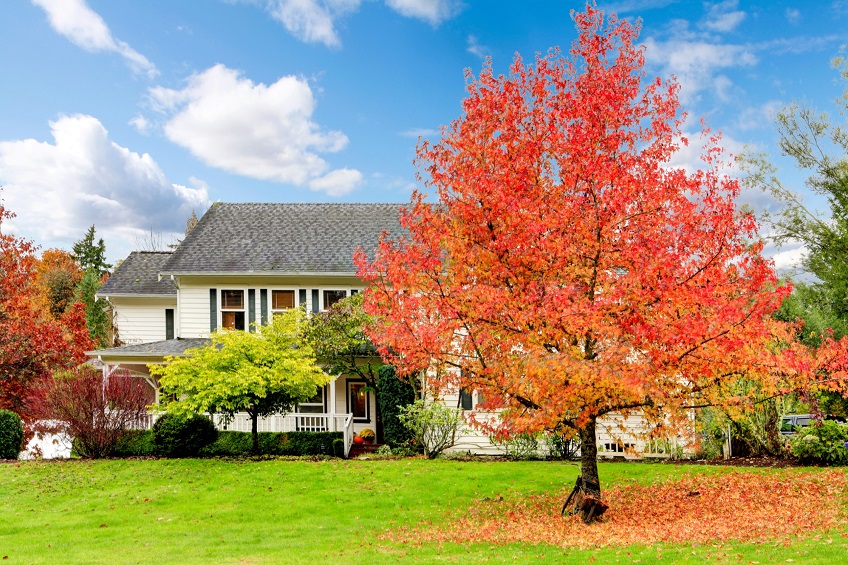There are a few popular tree species that are abundant in Utah. And, with Utah’s harsh weather, it’s easy to select from the list of well-known tough species that are certain to survive on your property. But, this can lead to over-planting of a narrow group which can actually create poorer quality trees. Maples, cottonwoods, willows, and elms are gorgeous trees, of course, but you may want to consider some of these lesser-known options suggested by the Utah State University Extension that will diversify our landscape and are still great options for Utah’s climate.
- Incense-cedar – This tree is named for the odor its leaves produce when bruised. Mature trees grow to about 100-150 feet tall and 18 feet in diameter. It has a straight, reddish-brown trunk with spreading branches.
- European Larch – With vivid green, soft, needle-like leaves, this tree can live up to 250 years. They’re adaptable to most soils, grow to about 70-100 feet tall, and become pyramid shaped with age.
- Cornelian-cherry Dogwood – An early-spring bloomer, this is a small tree getting about 25 feet high maximum. It has tight clusters of star-shaped yellow flowers in the spring, green foliage in the summer, and dark red fruits around July/August.
- Lacebark Pine – A slow-growing tree, this species will get about 30-50 feet tall and 20-35 feet wide. The bark peels gradually over time, resulting in a camouflage-like appearance, which is visually interesting.
- Baldcypress – This tree looks like an evergreen, but it loses its needles in the winter, which makes it a deciduous tree. They like acidic soils and have bright green needles. They grow up to 70 feet tall and 45 feet wide.
- Paperbark Maple – A small, woody tree, the family stems from central China. It grows slowly and can reach about 30 feet tall and 15-25 feet wide. It prefers partial shade and moist soil but can grow in a variety of soil types.
- Fringetree – The look of this tree varies from large shrub to medium-sized tree with lovely flowers. It’s adaptive and tolerates our high-heat summers as well as our cold winters.
- Japanese Tree Lilac – A moderate grower, this tree is on the smaller side, maturing at about 30 feet. It blooms a little later in the year than most and produces clusters of small, fragrant, soft-white flowers.
- Yellowwood – This tree is a medium/large tree, growing to about 50 feet high. The hanging clusters of white flowers are fragrant, and the tree turns a clear yellow in the fall.
- European Beech – This is a graceful, large tree most suited for larger properties, parks, and golf courses. It has a short trunk and low branches, making it a nice shade tree.
- Chitalpa – A cross between a Catalpa tree and a Desert Willow tree, this tree has light green leaflets with trumpet-shaped flowers. It is fast growing and matures to about 30 feet tall. Once established, it doesn’t require a lot of water.
For trimming, pruning, and removal assistance with any species of tree, contact Timber Ridge Tree Service today.
